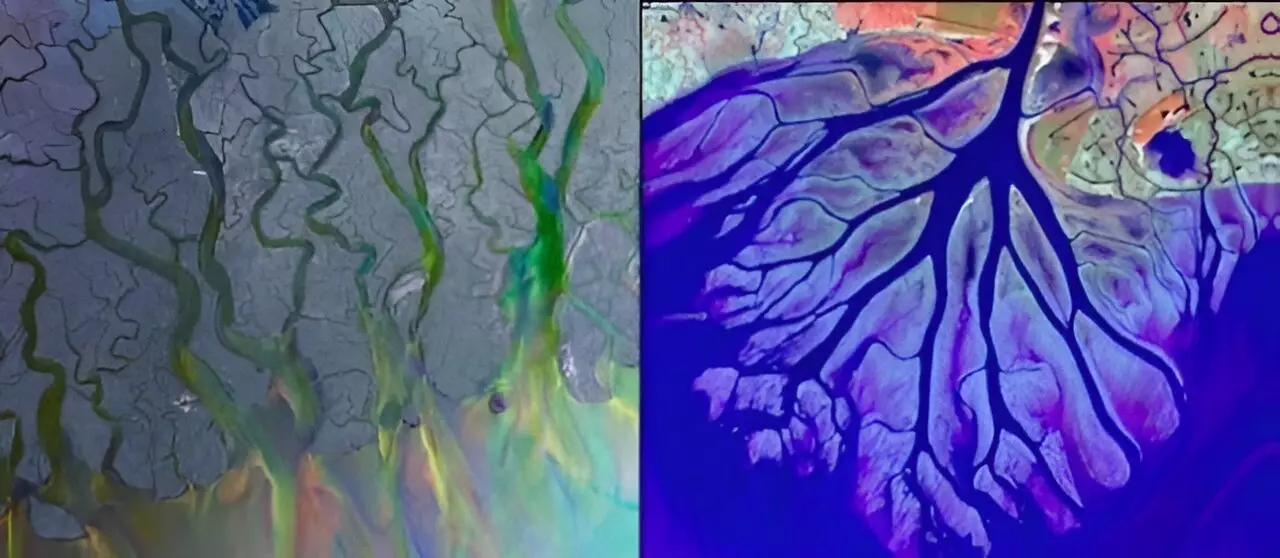Transport networks, such as river systems, play a crucial role in the functioning of various natural and human-made systems. Understanding how these networks form and evolve is essential for optimizing their stability and resilience. While tree-like structures are efficient for transport, networks with loops have shown to be more damage-resistant. Researchers from the Faculty of Physics at the University of Warsaw and the University of Arkansas have delved into the conditions that favor the formation of loop structures in transport networks.
The recent findings, published in Physical Review Letters, shed light on the fact that networks tend to develop stable loop structures when flow fluctuations are appropriately adjusted. This discovery provides valuable insights into understanding the dynamic structure of transport networks. Different transport systems exhibit varying morphologies based on the magnitude of flow fluctuations, driven by factors such as river discharge and tidal flows.
Diversity in River Systems
For instance, river deltas like the outflow from Wax Lake in Louisiana and the Ganges-Brahmaputra River Delta in Bangladesh showcase distinct topologies. The Wax Lake delta displays a treelike pattern with smaller river outlets, while the Ganges-Brahmaputra delta features a looplike structure with interconnected channels. The research aims to uncover the environmental conditions that promote the formation of loop structures over treelike patterns in flow networks.
Stability of Looplike Topologies
The study emphasizes that networks tend to maintain a looplike configuration when flow fluctuations are tuned in a specific manner. Prof. Piotr Szymczak from the University of Warsaw highlights the significance of loop structures in enhancing network resilience to damage. The collaborative efforts between scientists from Poland and the United States have unveiled the growth rules that lead to fascinating patterns in evolving networks.
Implications for Evolution of Networks
Geological observations, sedimentology equations, and physics-based mathematical methods have converged to provide a deeper understanding of the dynamics of network evolution. Radost Waszkiewicz, a Ph.D. student at the University of Warsaw, emphasizes that the stability of loop structures in transport networks hinges on the interplay between geometric constraints and flow fluctuations. The research suggests that loops are more stable when fluctuations in flow size between nodes are optimized.
Prof. Maciej Lisicki from the University of Warsaw underscores that external factors like human intervention and climate change can alter fluctuation patterns in transport networks, leading to the emergence or disappearance of loops. As researchers continue to explore the intricate balance between geometric constraints and flow fluctuations, the evolution of transport networks remains a captivating area of study.
The research on loop structures in transport networks offers valuable insights into optimizing network stability and resilience. By unraveling the conditions that favor the formation of loops over treelike patterns, scientists pave the way for a deeper understanding of the dynamic nature of transport systems. As environmental factors continue to evolve, the adaptability of transport networks to fluctuating conditions becomes increasingly pertinent in ensuring their efficiency and longevity.


Leave a Reply